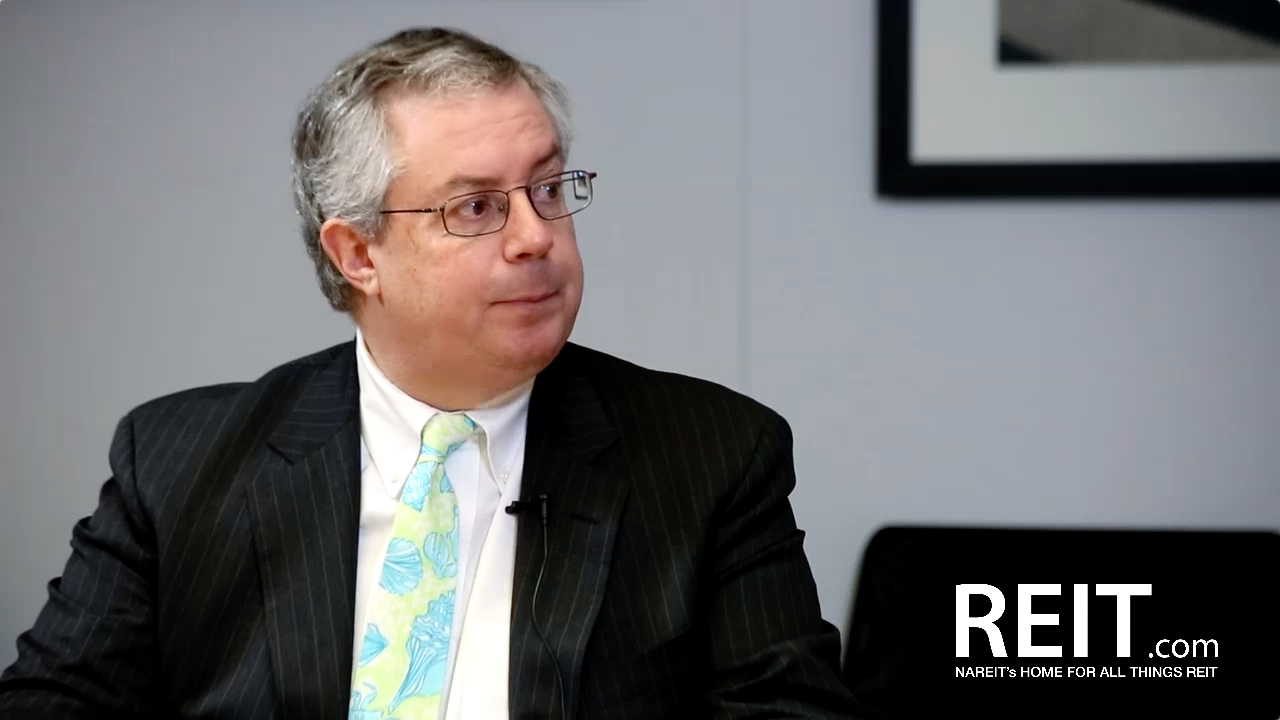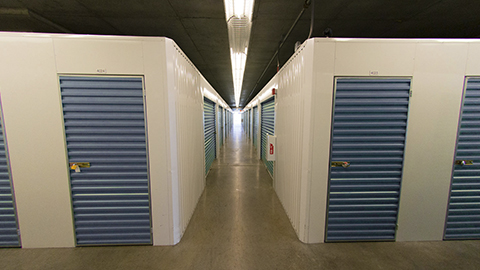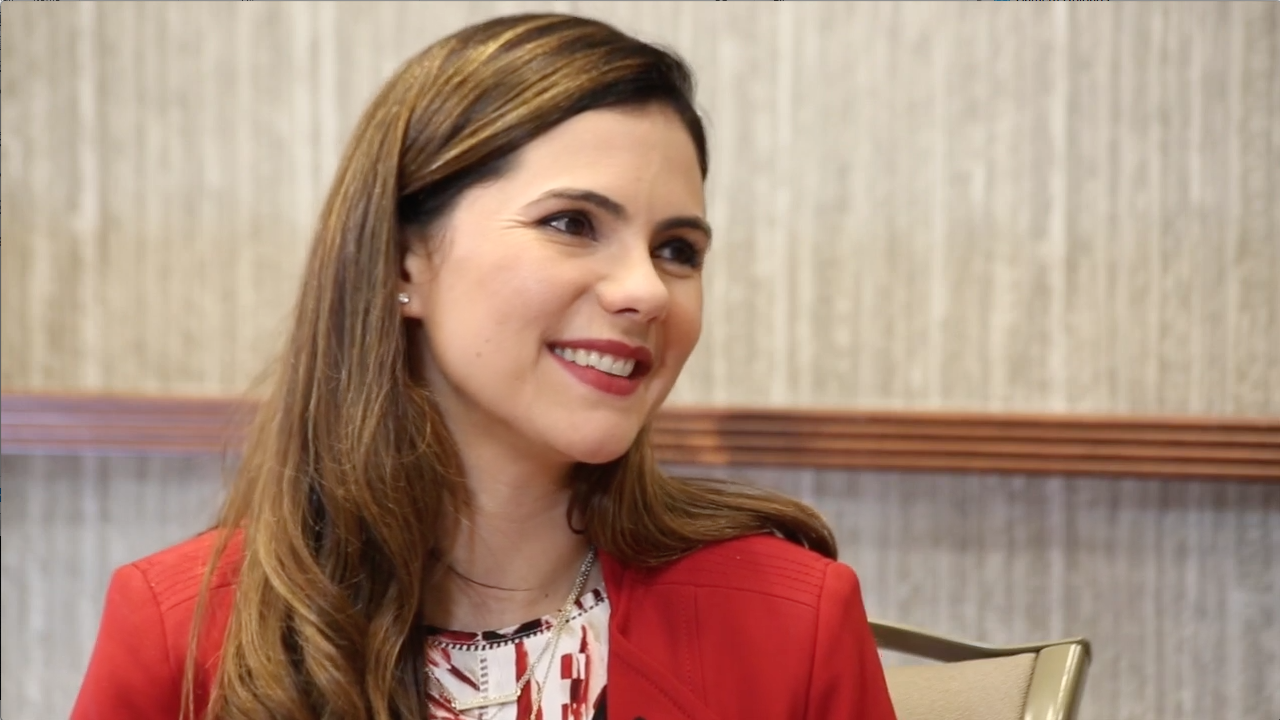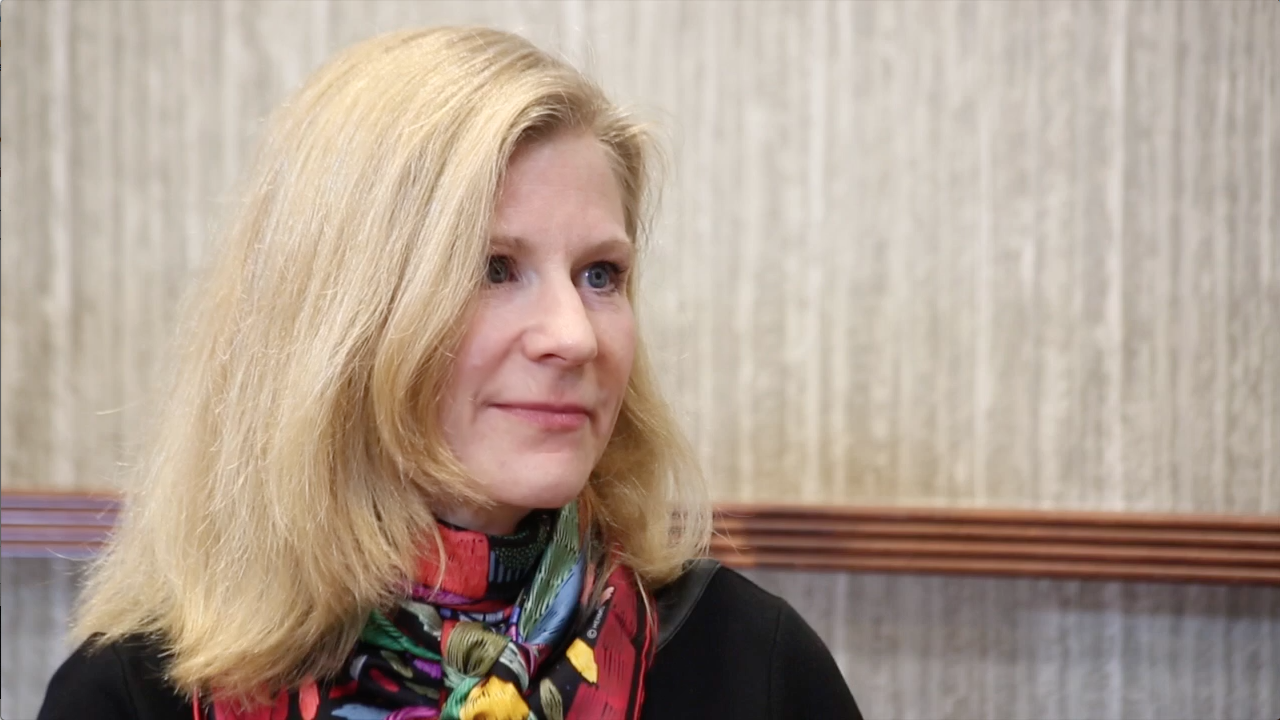Self-Storage Lender Jernigan Capital Looks Beyond Development Cycle
While Jernigan Capital, Inc. (NYSE: JCAP) has only been in operation since 2015, founder Dean Jernigan’s roots in the self-storage industry go back more than 30 years. His experience and that of others on the Jernigan Capital team have enabled the company to develop a unique niche in providing debt and equity capital to private developers, owners and operators of self-storage facilities, according to John Good, president and chief operating officer.
Jernigan Capital’s current investment pipeline includes more than $800 million of prospective projects in various stages of underwriting, and Good expects 2017 to be a record year in terms of committing capital. After that, development looks set to taper off, according to Good. He recently spoke with REIT.com about the outlook for the self-storage sector, and how Jernigan Capital plans to navigate beyond the current development cycle.
REIT.com: Where are we in the current self-storage development cycle?
John Good: The development cycle really started in earnest at the beginning of 2015, although in the Texas market it was probably a year earlier than that. The typical development cycle runs about four years, so we figure we’re probably 60 percent finished.
REIT.com: How is Jernigan Capital preparing for the anticipated slowdown in development?
Good: By trying to get as many projects done as quickly as we can – in terms of the preliminary elements of tying up land, determining what sites will make it, site plans, etc. We are hoping in 2017 to have by far our biggest year in terms of committing capital to these sites.
Beyond that, we’ll be looking to become more of an equity owner. Our deal structure is such that we have rights either to buy our partners out or buy the properties that we finance when they are made available for sale by the developers. We expect that by the time developers start to put properties up for sale or want to exit their investments, you’ll be in late 2018 and into 2019.
Our next capital play will be to acquire those interests so that we basically become a fee owner of self-storage sites rather than just a financing partner.
REIT.com: What is the current supply/demand outlook?
Good: The estimate for 2016 was that there were around 600 projects that opened for business in the top 50 markets. For 2017, the estimate is for 600 to 800 facilities. That’s far more supply than came online in the years 2010 through 2014.
We’re starting to see some of that pent-up demand being addressed by supply. We think a number of markets will hit or get close to equilibrium as we move later into 2017 and into 2018.
REIT.com: And what sort of impact is that having on rents?
Good: We’re maybe hitting a more normal period in terms of rent increases, which is historically in that 4 percent to 5 percent range. That could be shocked if there was a big influx of supply all at once, but what we’re seeing around the country is that projects are not bunching up. We believe there is a good chance for there to be somewhat of a soft landing in the top markets. With expense controls, all the storage REITs should continue to produce good same-store net operating income (NOI) results.
REIT.com: Geographically, how do different markets stack up?
Good: We’ve recently begun publishing a “danger list” of markets where new supply in process exceeds 10 percent of existing supply, and a “watch list” of markets where new product is between 5 percent and 10 percent of existing supply.
The danger list includes: Austin; Boston; Charlotte, North Carolina; the Dallas Forth Worth Metroplex; Denver; Miami; and Portland, Oregon. The watch list includes: Atlanta: Houston: Nashville, Tennessee; Phoenix: San Antonio; San Jose, California; and the Silicon Valley area.
Markets that look really promising include Jacksonville, Orlando, and Tampa, Florida, and Louisville, Kentucky, which is not a huge market, but the demographics are good. Some of the California markets outside San Jose are attractive. Seattle is still good, as is Minneapolis.
REIT.com: As a capital supplier, who are you competitors?
Good: We are probably still largely competing with commercial banks in a fight that may not be considered a fair fight. Our model is in many respects a joint-venture model with the developer. We understand the business better than any bank is going to, and we also provide about 90 percent of the cost of the project plus we take an equity stake. Most of the banks will put up no more than 65 percent of the cost.
There is some private equity out there looking to do development. Usually, they don’t come into the game until someone has put together a portfolio of development opportunities and they can put a large amount of capital into that, and that’s not really happening now.
REIT.com: Where do you see the next big changes coming in self-storage?
Good: What most people will focus on is how to utilize hand-held technology in a way that more quickly produces customers. Right now, someone can find a site using their smartphone, but you still have to have human intervention. That has become a pretty efficient leasing method, but with technology evolving the way it is, the next frontier could be cutting out some of that.
(Why?)
Published at Thu, 02 Mar 2017 20:41:50 +0000














.jpg)

.jpg) Employees have also provided input on the design of the new Dallas office, Greenstreet said. “We wanted to create a physical space that reflects our highly collaborative culture that breaks down silos and supports our fast-paced, heavy transactional work,” she noted. The new office space is more informal than before, Greenstreet explained. The new Spirit headquarters also has no executive suite, she added.
Employees have also provided input on the design of the new Dallas office, Greenstreet said. “We wanted to create a physical space that reflects our highly collaborative culture that breaks down silos and supports our fast-paced, heavy transactional work,” she noted. The new office space is more informal than before, Greenstreet explained. The new Spirit headquarters also has no executive suite, she added.




